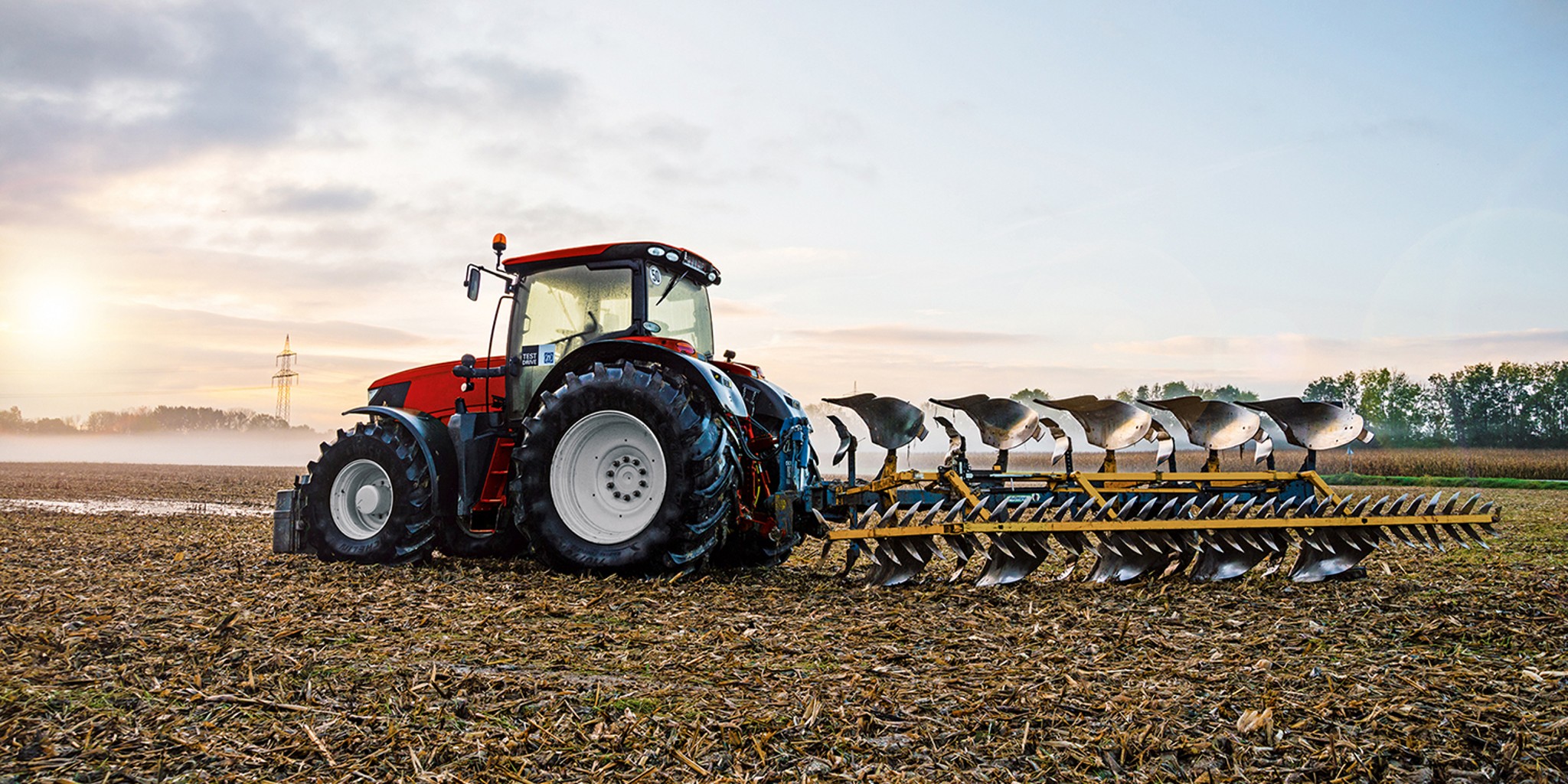Drought, heat, extreme weather: how climate change affects agriculture
Drought, heat, extreme weather: how climate change affects agriculture
A further global trend is hampering the enormous task facing the agricultural sector. For agriculture is the economic sector that is being hit particularly hard by the consequences of climate change. Even if higher temperatures and more precipitation in more temperate climates can have a positive effect for the time being, heat, drought, and flooding will ultimately lead to a decline in crop yields worldwide. Low-income countries in warmer regions in particular, where farmers often do not have the resources to adapt their operations to the changed conditions, are already severely affected today.
Farmers, therefore, need methods to massively increase their productivity in order to be able to feed all 9.6 billion people in 2050 – and at the same time have to work in a resource-efficient and sustainable way. Technological trends that have already fundamentally changed many other areas of our everyday lives provide a key to this: the digitalization and networking of various devices, information, and independently operating systems on the Internet of Things.
Agricultural production must increase by almost
50
Percent
by 2050 in order to keep pace with the needs of a growing world population.





